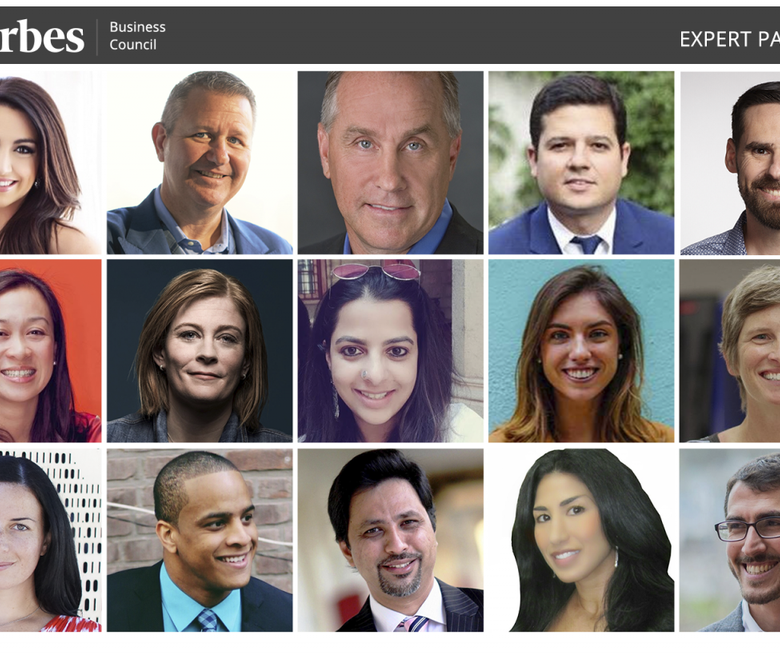
Exclusive interview

Rideshare App Exclusive To Women
May 5, 2014
Taxis for the 21st century
May 7, 2014Safr CEO Syed Gilani details his female-oriented ridesharing service
w ith certain rideshare companies developing a reputation for insufficient rider and driver safety (and periodic data security issues to boot), we wouldn’t blame you if you were looking for alternatives. Women especially have been targeted as both passengers and drivers, which could create a chilling effect on the industry if it continues to not be addressed.
Where do women riders and drivers go to get a safe ridesharing experience? A new startup called Safr (Android, iOS) is trying to answer that question. Currently operating in Boston with plans to expand to several other major cities soon, both riders and drivers are able to preselect the gender of the person that they will be dealing with, which may be an industry first.
On top of that, both riders and drivers get an SOS function within the Safr app that can call 911, an emergency contact, or Safr staff. Prospective drivers also go through a relatively extensive background check to ensure that they’re the right people for the job. Rides are also monitored in real time 24/7, and Safr will immediately contact the rider or the driver if there are any deviations from the set route.
With Safr announcing plans to expand to San Francisco (where CNET is headquartered) as well as Dallas and Washington, DC, we thought it was a good opportunity to have a chat with its CEO, Syed Gilani.
The first question on our minds was the current status of Safr in Boston. At the bird’s eye level, Gilani says, “We have a little over 6,000 drivers in Massachusetts. And overall in the US, a little over 8,000 [driver] applications. We have around 1,800 applications from all over the country to open Safr in their locations.” There, he says, the company is fielding three to four times as many ride requests than they currently have the capacity to handle.
As for adding service in other cities, “Right now, based on the demand that we got from all over the country, and based on the number of requests we got, we decided to open San Francisco, the DC metro area, Dallas, Atlanta, and Phoenix. So in between these five locations, San Francisco, DC, and Dallas are gaining more momentum. And we’re getting more driver registrations than in any other city, so we are pushing these three locations immediately.”
Despite these ambitions, Gilani emphasizes that rider and driver safety are at the core of the business. “We make sure that we meet with every single driver, and that meeting is from somewhere between thirty minutes to one hour. We do a background check on those drivers.
“We also provide them training and orientation on Safr, and we make sure that the drivers have the same mission of women empowerment as we have. It’s a smaller, slower process as compared to other guys, where you can just simply call in and and get up and running within one hour on the road.”
Gilani says that 2 to 3 percent of its Massachusetts applicants haven’t made the cut, and that 95 percent of its 6,000 applicants were women. “And we do detailed interviews, background checks, so forth — and after that, if we find any significant violations or any other red flags, we tend to reject those applicants and keep the applicants who have a relatively clear record.”
Once these new drivers hit the road, Gilani says that they’re guided by “captains” — experienced Safr personnel who can help the newcomers acclimate. “From the beginning of the process, our captains remain in touch with with the drivers in their ZIP codes…We remain in touch with our captains, with our drivers, to make sure that they can understand the challenges — so that we understand what we can provide to them to help them achieve their goals, and so forth.”
He adds, “It’s a very communal kind of a environment that we create — a collaborative, community-based environment. We want to make sure that everybody feels safe, so every process that we’ve created, therefore, has safety built into it.”
With almost all of their drivers being women, though, you might wonder if they’ve faced any legal challenges in labor law, or lawsuits from individual male applicants. However, Gilani says that Safr’s driver gender distribution is a product of how the company markets itself to potential drivers, primarily by word-of-mouth: “Through women and referral marketing, we were able to gain more women drivers on our platform than men.”
Safr’s marketing materials also mention that women drivers make 34 percent less than men. What causes this gap? According to Gilani, “Only 14 to 20 percent of drivers of other rideshares — bigger giants — are women. But they can only drive during daylight hours. By sunset, you will hardly see any woman drivers out on the road, because of the safety concerns. Women only drive during daylight hours.”
For Gilani, equal opportunity is an important issue. “Women are the majority of the world’s population, making less than men — and there’s a wage gap, of course, that we talk about in the media all the time. Now, the rideshare or gig economy overall promises equal opportunity — freedom of earning for everyone. But that promise wasn’t fulfilled by that economy in the favor of women either, because of the safety concerns.
“We want to be able to provide them a safe transportation method so that they don’t have to think, OK, if I’m working until midnight… I should not get worried about how I’m going to get home,’ or ‘Would I feel safe going home?’ So, we want to be that catalyst in their success, and we want to be able to provide those tools.”
Gilani also says that Safr is designed as a platform for women who are entrepreneurs. “We just recently introduced a program where we want to encourage women entrepreneurs who want to build on top of our platform. We want to open our platform for those who are entrepreneurs. I’m sure, you’re from San Francisco. You will know better than me that only 11 percent of women-focused companies actually get funded by the VCs [venture capitalists].
“So now, if there’s a group of women who want to come up with some new idea that they can build on top of our platform — which can help them reduce their operational costs and development costs,” Safr can get them access to startup funds directly — effectively taking the place of the VCs who haven’t been willing to step in themselves.. “Our goal is that, by the end of this year or early next year, we should be ready to open up our platform for all women entrepreneurs.”
In addition to this, Safr is reaching out to stay-at-home mothers, to hire them for customer support. “We have another program that we are in the process of introducing called Mothers for Others, so women who cannot work or cannot drive for us should be able to earn money by providing some sort of customer support, for a few hours a day, while staying at home.”
Gilani also says that there have been some pleasant surprises along the way. “We weren’t expecting the amount of support that we will get from women. 40 percent of the drivers who register with us are first-time drivers. They’ve never gone for any other rideshare before. So not only do we open up the platform for women who were driving with others (but they couldn’t drive at night) but also for those who never drove for anybody else. And now they can drive, and now they can make money.”
And according to Gilani, driver retention has also been good. “The data is still not in concrete shape, but our stickiness is far better than our competition, because from day one, we refuse to create an engine that collects people, digests them, and throws them out. We wanted to create a platform which is more community-based, which people can relate to, and associate themselves with, and support wholeheartedly.”
As for expanding to San Francisco, Gilani says that the company is taking a deliberate route. “We still have to make sure that every single driver that we are going to introduce on our opening day is fully trained and fully equipped with our mission. So that may take a little bit longer, but we are trying our best to meet our deadlines and goals.
“As we come to San Francisco and become a part of the San Francisco community, we hope that the very free-minded, and progressive, and others, and everybody comes together in support of our mission, and in support of our company, and we look forward to being part of that community.”
Originally published at https://www.gosafr.com on October 10, 2018.



